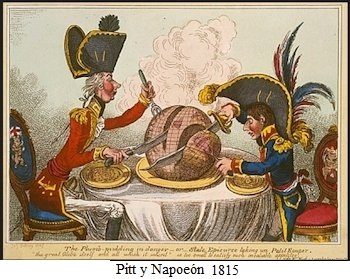Chemical Bond Definition
Miscellanea / / January 13, 2022
concept definition
The chemical bond refers to the interactions that hold the atoms together in a substance, being formed between two elements, which seek bond because they acquire a certain stability and result in a lower energy state than if the elements were found separately.

Chemical engineer
The chemical bond is given by a force driving force, which is the change of Energy between one state and another, the initial state (separate atoms) and the final state (bonded atoms). This energy change occurs because of interactions between valence electrons, the outer shell electrons, which are responsible for the atoms losing or gaining electrons, or sharing, to reach a condition of stability. This stability condition responds to the Octet Rule, resembling the electronic configuration of the atoms to that of the nearest Noble Gas in the Periodic table.
Classification of chemical bonds
Now, depending on how that occurs interaction There are different types of bonds between atoms. The
training of different bonds then depends on the differences in electronegativity of the atoms that join.The greater the ability to attract electrons to itself, the more electronegative the atom is and therefore, it will tend to form ionic bonds, where electrons are transferred. There is a continuous increase in electronegativity from metallic to non-metallic elements, which confers the ability to form ionic bonds between them. An example of this are oxides, the case of Calcium Oxide.
Whereas, if the elements have similar electronegativities or of the same order, they tend to share electrons, forming bonds. covalent polar or nonpolar. The covalent bond is polar, for example, in the Dioxide of Carbon, since the Oxygen bonded to the Carbon has a displacement of the shared electrons to Oxygen, which has higher electronegativity. On the other hand, in the case of Cl2 (molecular Chlorine) the covalent bond is apolar or nonpolar, since the electronegativity is the same when talking about the same element. In general, when the bond is nonpolar, it is called pure covalent.
So far we have mentioned the concept of electronegativity and polarity, this then tells us that if there is a great difference in electronegativity the bond will be ionic, while as the electronegativity difference decreases there is a transition from polar covalent bonds strong to weak polar covalent bonds reaching the extreme case where there is no difference in electronegativity and the bond is non-covalent polar or pure
When the bond is ionic, the forces of attraction electrostatic between species of opposite charges (anions and cations) and, as we mentioned, the electrons transfer from an atom that remains positively charged (cation) to an atom that remains negatively charged (anion).
When the chemical bond is of the covalent type, we speak of bonds in which the valence electrons are shared and, therefore, unlike the ionic bond, it is a weaker bond. Likewise, the force of interaction will decrease as the electronegativity difference between the atoms decreases.
Finally, an additional chemical bond that is known is the metallic bond. As its name indicates, it is the interaction between metallic elements, such as Aluminum and Iron. In these cases, the compounds form networks where the metal cations are immersed in a sea of electrons. The latter gives it the most typical properties that we know of them, such as, for example, high thermal conductivity and that they possess, since the electrons of the bond have the possibility and capacity to move freely within that network three-dimensional.
Based on these types of bonds, many of the bases of Chemistry as a science are explained. Each of these types of chemical bonds that determine, in turn, types of compounds that give substances their own characteristics and properties, such is the case of the Melting Points and Boiling Points, these are intimately related and determined by the type of bonds and the forces of attraction that exist within they.
In addition, the technologies have been based on studies of links to advance with new products, for example, the polymers that today we use agrochemicals, synthetic fibers, among other materials that have been designed from knowing how atoms join each.
Topics in Chemical Bonding
